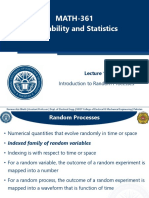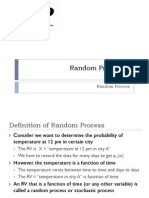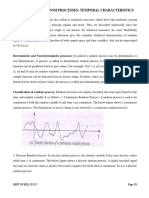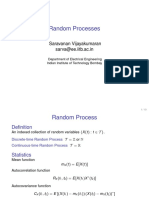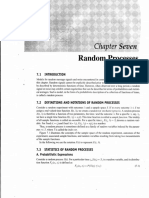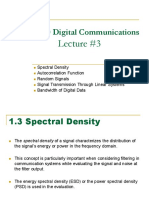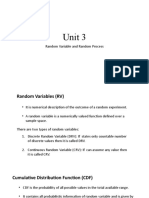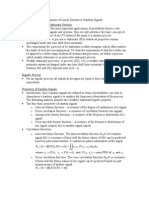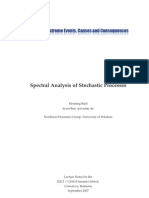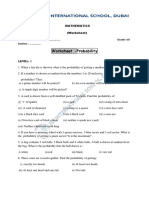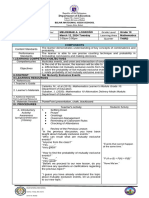0% found this document useful (0 votes)
20 views24 pagesLecture Random Process Part-1 July-Dec 2023
The document covers key concepts in Information and Communication Theory, focusing on probability theory, stochastic processes, estimation, hypothesis testing, and information theory. It explains stochastic processes, their properties, and their applications in statistical modeling, particularly in relation to noise and stationary processes. Additionally, it discusses linear time-invariant systems and the properties of power spectral density in relation to random processes.
Uploaded by
jindalayush059Copyright
© © All Rights Reserved
We take content rights seriously. If you suspect this is your content, claim it here.
Available Formats
Download as PPTX, PDF, TXT or read online on Scribd
0% found this document useful (0 votes)
20 views24 pagesLecture Random Process Part-1 July-Dec 2023
The document covers key concepts in Information and Communication Theory, focusing on probability theory, stochastic processes, estimation, hypothesis testing, and information theory. It explains stochastic processes, their properties, and their applications in statistical modeling, particularly in relation to noise and stationary processes. Additionally, it discusses linear time-invariant systems and the properties of power spectral density in relation to random processes.
Uploaded by
jindalayush059Copyright
© © All Rights Reserved
We take content rights seriously. If you suspect this is your content, claim it here.
Available Formats
Download as PPTX, PDF, TXT or read online on Scribd
/ 24


